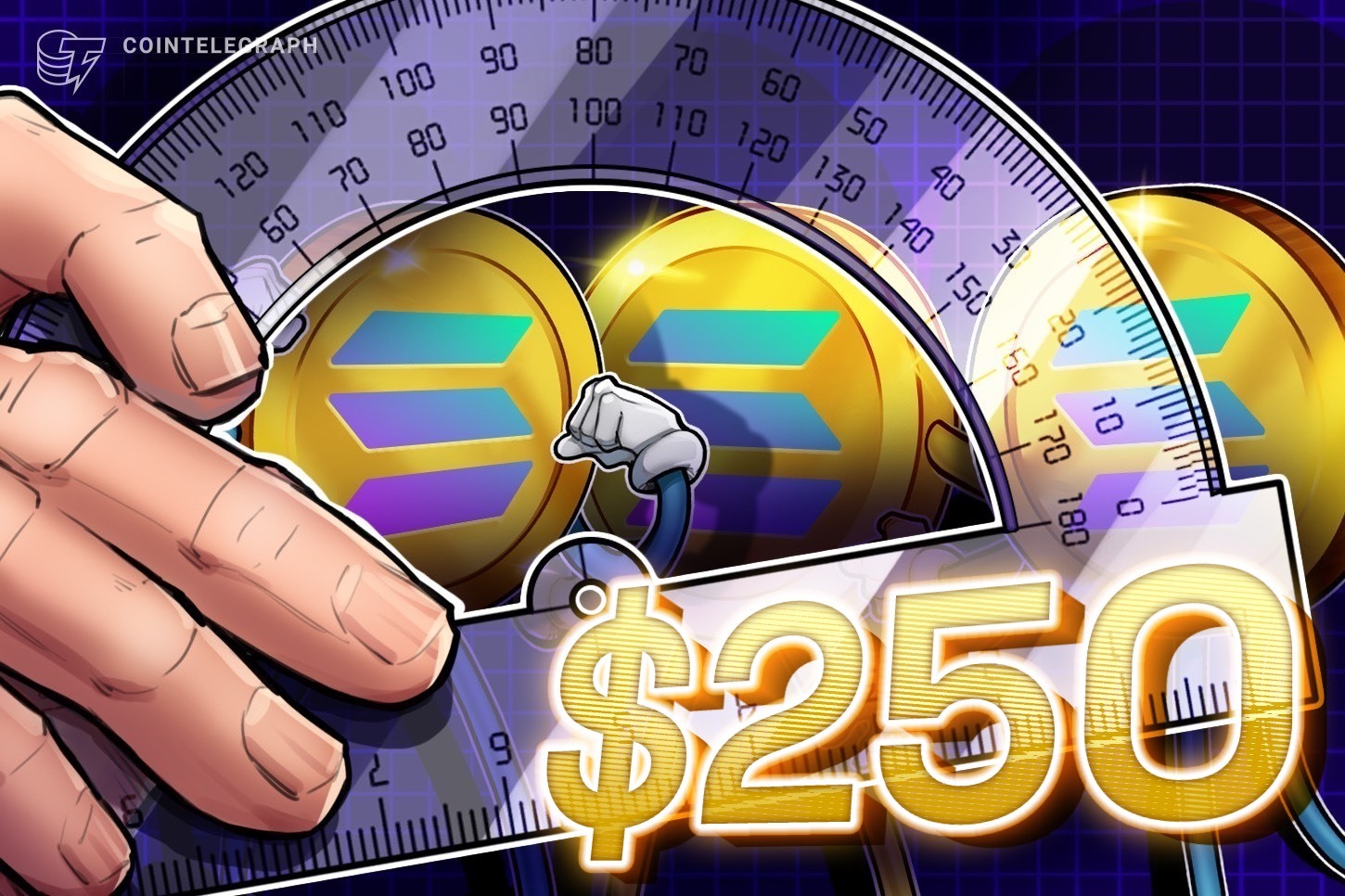Key takeaways:
Solana’s onchain growth supports the current rally, but declining DEX market share signal cautious trader sentiment.
SOL’s perpetual futures funding rate near neutral suggests limited bullish momentum.
Solana’s native token, SOL (SOL), briefly touched $205 on Tuesday after an 18% rally in less than two days. The sharp move has fueled speculation on whether SOL can extend its gains toward the $250 mark in the near term. Traders are weighing network fundamentals and derivatives activity to determine if there is enough momentum to sustain the rally.
Despite failing to hold the $200 psychological threshold, SOL outperformed the broader cryptocurrency market. The latest climb to $199 pushed its market capitalization to $107 billion, still short of BNB at $117 billion. To determine if a “flippening” is realistic, it is necessary to examine both network fundamentals and derivatives indicators.
Over the past 30 days, Solana’s transaction count increased by 48%, signaling accelerating onchain activity that supports SOL’s price outlook. In contrast, BNB Chain transactions declined by 41% during the same period, according to Nansen data. Solana’s network fees also rose 43%, showing that increased usage is generating tangible economic benefits for tokenholders.
SOL futures show modest risk appetite from bulls
To understand if traders are turning optimistic after SOL approached its highest levels in six months, perpetual futures contracts are key. To balance leverage demand imbalances, exchanges charge a funding rate from either buyers (longs) or sellers (shorts). Levels above 12% typically indicate bullishness.
Currently at 12%, the SOL perpetual futures annualized funding rate is right on the threshold between neutral and bullish sentiment. Traders seem skeptical, recalling that the last time SOL traded above $200, on July 22, it lasted less than 24 hours. Investors are also not enthusiastic about volumes on Solana’s decentralized exchanges (DEX), which have been in decline.
DEX activity on Solana fell for the third consecutive week to $20.6 billion, according to DefiLlama data. Over the past 30 days, Solana’s $113.7 billion in DEX volumes was slightly below Ethereum’s $116.2 billion, and this gap does not account for Ethereum’s layer-2 ecosystem, which added another $91.7 billion. For SOL holders, these figures are not particularly encouraging.
Related: Pantera bets $300M on crypto treasury companies, says gains may outpace ETFs
The REX-Osprey Solana staking exchange-traded fund (ETF), launched in July, accumulated $161 million in assets under management. In comparison, Ethereum ETFs recorded an impressive $2.33 billion in net inflows since Aug. 5, despite the fact that Ethereum products have yet to receive US Securities and Exchange Commission approval for staking features.
While nothing prevents SOL from reaching $250, current onchain and derivatives data show no clear catalyst or surge in trader enthusiasm. However, the absence of excessive leverage could support a more sustainable rally, although this will depend on increased participation from retail traders and institutional inflows, which remain contingent on SEC approval for a regular Solana ETF.
This article is for general information purposes and is not intended to be and should not be taken as legal or investment advice. The views, thoughts, and opinions expressed here are the author’s alone and do not necessarily reflect or represent the views and opinions of Cointelegraph.


